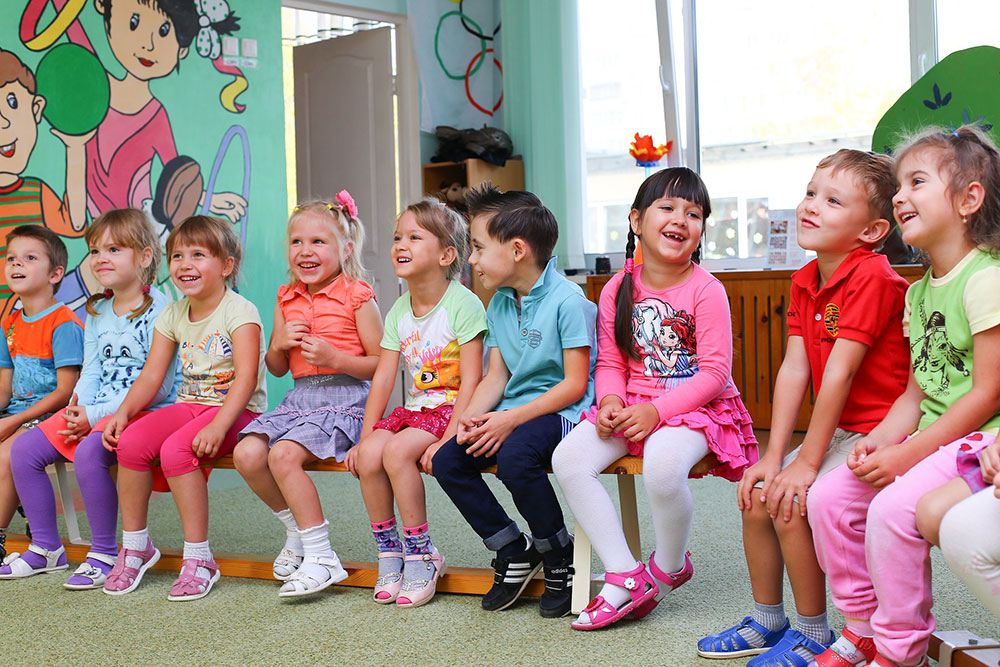Children start to notice cultural differences between people by the age of 2 years old and until the time they reach their 4th-5th year. They tend to start displaying gender-appropriate behaviour and become fearful of differences. This is one of the reasons why it is vital for cultural diversity to be introduced to children as early as possible, especially for the young ones who are culturally diverse themselves. Here we have gathered key strategies to help teachers successfully build a stronger learning relationship with their culturally diverse students inside the classroom:
- To be able to increase the relevance of lessons and make more meaningful examples, establish a core relationship with students by getting to learn some knowledge of their lives outside school.
- Display a positive acknowledgement towards the students’ similarities and differences to help them develop their social skills such as respect and cross-cultural understanding.
- Teach students an understanding within different settings such as the school, their home and community.
- Set proper expectations for the students by explaining your rules on talking, moving about the room, verbal participation in lessons as well as ways on how to approach tasks in order to succeed.
- Introduce a variety of instructional strategies and learning activities to provide students with different opportunities to learn in ways that are responsive to their own capabilities.
- Teach and demonstrate independence to students by letting them complete a task in their own way, answering questions in a way that lets the students know how to find the answer for themselves or by asking students to try and evaluate their own work or progress.
B&C Educational produces and supplies learning resources that are focused on bringing to life the culture and daily practices of distant places as well as introducing a global dimension to the curriculum for primary schools. Browse through our shop to see the products we offer or click here for more information.

